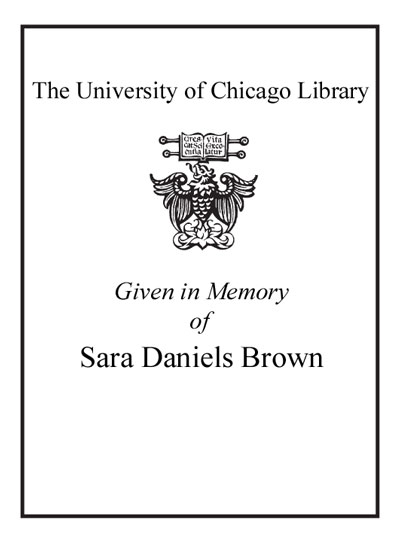THE RAPID ADVANCEof cognitive teaming theories in the past few years has led educators to realize the need for students to be more actively engaged in their own construction of knowledge. This research tells us that an inquiry approach to science teaching motivates and engages every type of student, helping them understand science's relevance to their lives, as well as the nature of science itself. Inquiry is both a way for scientists and students to investigate the world, and a way to teach. In this instructional environment, teachers act as facilitators of teaming, guiding students in asking simple but thoughtful questions about the world and finding ways to engage them in answering their questions. Inquiry incorporates the use of hands-on and process-oriented activities for the benefit of knowledge construction, while building investigation skills and habits of mind in students. Inquiry encourages students to connect their prior knowledge to observations and to use their observations as evidence to increase personal scientific knowledge and explain how the world works. But is there a manageable way for new and experienced teachers to bring inquiry into their science classrooms? Drawing on a solid understanding of inquiry with a teaching framework that builds in accountability for science content learning, and using inquiry-based activities, teachers can create and manage an engaging, productive science classroom. By integrating an inquiry approach, science content, teaching methods, standards, and a bank of inquiry activities, the tenth edition ofTeaching Science as Inquirydemonstrates a manageable way for new and experienced teachers to bring inquiry successfully into the science classroom. The Inquiry Framework In this edition we have taken theNational Science Education Standards(NSES) and the 5-E Learning Cycle model of instruction to create an inquiry framework for science teaching.Teaching Science as Inquirymodels this effective approach to science teaching with a two-part structure.Part I: Methods for Teaching Science as Inquirylays the foundation for teaching standards-based elementary science, scaffolding an understanding of an inquiry lesson model and how to use it to teach science. Part 2: Activities for Teaching Science as Inquiryutilizes the 5-E instructional model, clarified in Part I of the text, as a framework for all inquiry activities. By keying each activity to theNational Science Education Standards,the text further provides new and experienced teachers with a solid foundation for science teaching. National Science Education Standards Many years of work and research in the science education community have provided a coherent, research-based vision for a new era of science education. As a result, theNational Science Education Standards(NSES) were created to coordinate the goals and objectives for science instruction. Throughout this edition, you will have an opportunity to become familiar with theNational Science Education Standardsthrough margin notes and lengthier features quoting from theStandardsdocument, showing theStandards'relationship to chapter content and specifically connecting activities to theStandards.This integrated coverage in all chapters and activities highlights the importance of using theNational Science Education Standardsto inform instruction. 5-E Model TheActivitiesportion of the text follows the 5-E model of instruction, which frames each activity in terms of engaging, exploring, explaining, elaborating, and evaluating. This Learning Cycle model, introduced early in the text, reflects the NSESScience as Inquiry Standards,seamlessly integrating inquiry and theStandardsto create a science teaching framework best suited for engaging students in meaningful science learning while prov Excerpted from Teaching Science as Inquiry by Arthur A. Carin, Joel E. Bass, Terry L. Contant All rights reserved by the original copyright owners. Excerpts are provided for display purposes only and may not be reproduced, reprinted or distributed without the written permission of the publisher.

